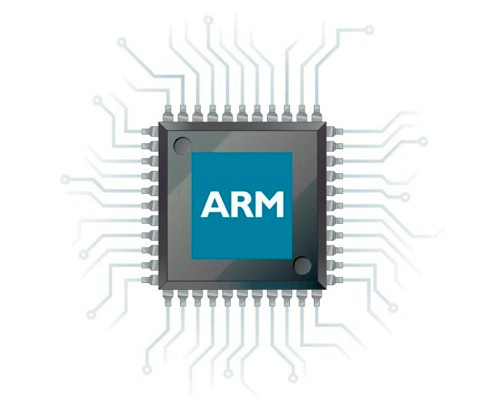01. Preparations
Download here the starter archive containing skeleton files + scripts.
Extract it somewhere in a new directory (e.g., create rauc-lab).
The code structure will become (mostly is, but some are TODO) as follows:
rauc-lab/ ├── artifacts/ # <-- you'll create this │ ├── flash_spl.bin # A working flash.bin image you already have │ ├── flash_emmc.bin # Your new flash.bin (see tasks) │ ├── linux.itb # A kernel image (after removing the initrd) │ ├── uboot.env # U-Boot environment variables (just the var file) ├── utils/ │ ├── ca.cert.pem │ ├── rauc-mark-good.service │ ├── system.conf │ └── fstab # Optional custom fstab ├── scripts/ # <-- your main job to finish those! │ ├── 05-debootstrap.sh │ ├── 10-create-base-disk.sh │ ├── 11-populate-disk-image.sh │ ├── 20-modify-bootcmd.sh │ ├── 21-install-boot.sh │ └── 30-install-rauc.sh ├── run-all.sh # Will run all scripts in order
Prerequisites
First, make sure you have these packages installed on your host system (they were already installed on the VM, so you can skip this):
sudo apt install qemu-user-static binfmt-support debootstrap parted dosfstools e2fsprogs u-boot-tools
Then, check that binfmt_misc is active and register the QEMU handler for aarch64:
grep aarch64 /proc/sys/fs/binfmt_misc/qemu-aarch64
If it’s empty, run:
sudo su echo ':qemu-aarch64:M::\x7fELF\x02\x01\x01\x00\x00\x00\x00\x00\x00\x00\x00\x00\x02\x00\xb7\x00:\xff\xff\xff\xff\xff\xff\xff\x00\xff\xff\xff\xff\xff\xff\xff\xff:/usr/bin/qemu-aarch64-static:CF' > /proc/sys/fs/binfmt_misc/register exit
For Arch Linux users: check out this guide for installable dependencies!

